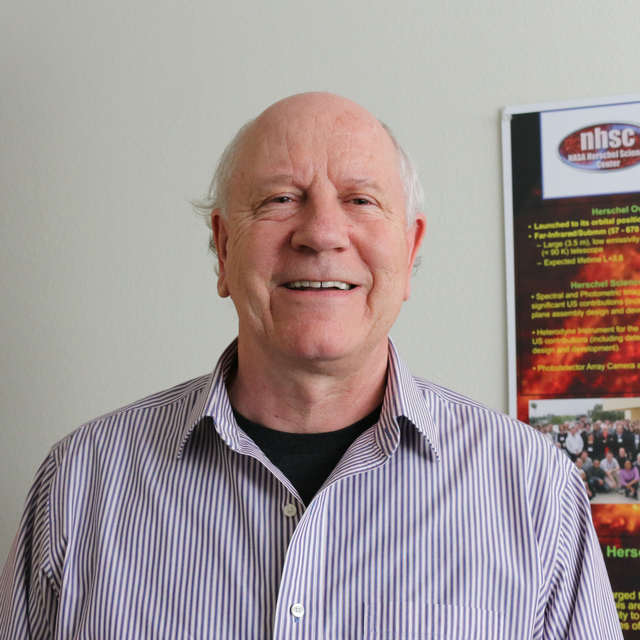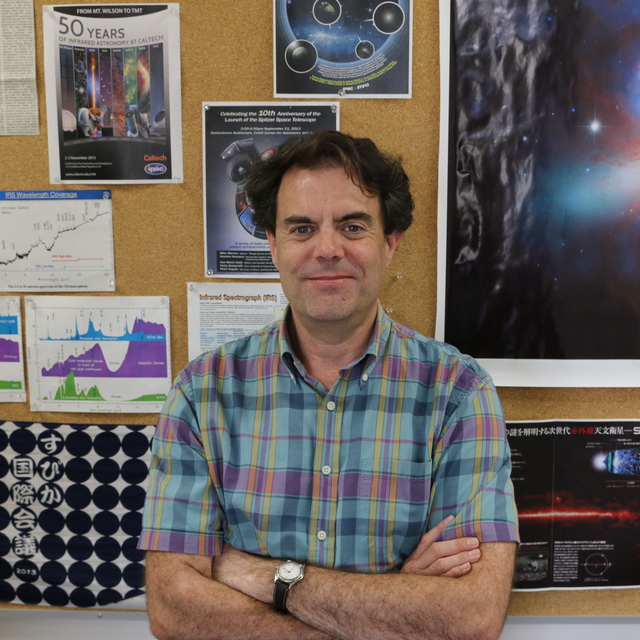November
2022
•
2022ApJ...940L...6I
Authors
•
Inami, Hanae
•
Surace, Jason
•
Armus, Lee
•
Evans, Aaron S.
•
Larson, Kirsten L.
•
Barcos-Munoz, Loreto
•
Stierwalt, Sabrina
•
Mazzarella, Joseph M.
•
Privon, George C.
•
Song, Yiqing
•
Linden, Sean T.
•
Hayward, Christopher C.
•
Böker, Torsten
•
U, Vivian
•
Bohn, Thomas
•
Charmandaris, Vassilis
•
Diaz-Santos, Tanio
•
Howell, Justin H.
•
Lai, Thomas
•
Medling, Anne M.
•
Rich, Jeffrey A.
•
Aalto, Susanne
•
Appleton, Philip
•
Brown, Michael J. I.
•
Hoshioka, Shunshi
•
Iwasawa, Kazushi
•
Kemper, Francisca
•
Law, David
•
Malkan, Matthew A.
•
Marshall, Jason
•
Murphy, Eric J.
•
Sanders, David
•
van der Werf, Paul
Abstract
•
We have used the Mid-InfraRed Instrument (MIRI) on the James Webb Space Telescope (JWST) to obtain the first spatially resolved, mid-infrared images of IIZw096, a merging luminous infrared galaxy (LIRG) at z = 0.036. Previous observations with the Spitzer Space Telescope suggested that the vast majority of the total IR luminosity (L IR) of the system originated from a small region outside of the two merging nuclei. New observations with JWST/MIRI now allow an accurate measurement of the location and luminosity density of the source that is responsible for the bulk of the IR emission. We estimate that 40%-70% of the IR bolometric luminosity, or 3-5 × 1011 L ⊙, arises from a source no larger than 175 pc in radius, suggesting a luminosity density of at least 3-5 × 1012 L ⊙ kpc-2. In addition, we detect 11 other star-forming sources, five of which were previously unknown. The MIRI F1500W/F560W colors of most of these sources, including the source responsible for the bulk of the far-IR emission, are much redder than the nuclei of local LIRGs. These observations reveal the power of JWST to disentangle the complex regions at the hearts of merging, dusty galaxies.
Links





